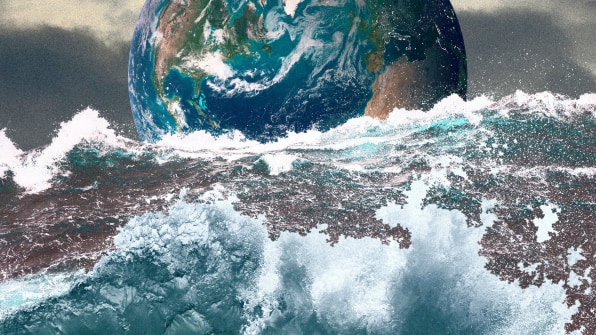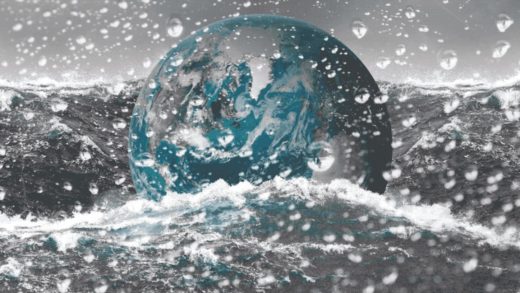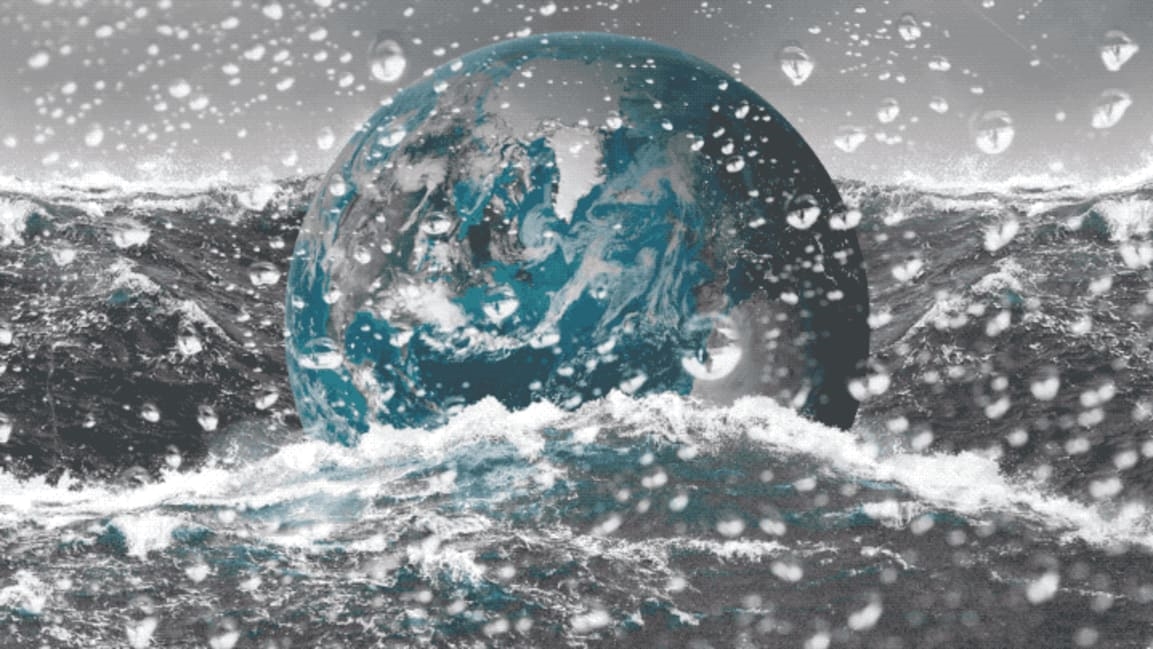Horrifying report: The ocean is in more danger than we thought
Each year, as humans emit billions of metric tons of CO2 into the atmosphere, nearly a third of the emissions ends up in the ocean, changing the chemical balance of the water. And as the climate changes, the ocean is also absorbing almost all of the Earth’s extra heat, melting ice that creates sea level rise, making the water uninhabitable for marine life, and changing the planet’s weather patterns. A new report from the IPCC, the UN panel that studies climate change, lays out exactly what’s at stake for the ocean as a result—and for humans, all of whom rely on the ocean either directly or indirectly.
“What comes out of this report is that it’s going to hit us in so many ways,” says Mark Spalding, senior marine scientist for The Nature Conservancy, one of the organizations that contributed to the report. The litany of potential disasters from a changing ocean is horrifying: As the warming water melts ice sheets in Greenland and Antarctica, the sea level rises each year, putting hundreds of millions of people who live in low-lying coastal areas at risk of flooding. A warmer ocean supercharges hurricanes. Marine heatwaves can boost toxic algae and close fisheries. As the water absorbs CO2, it becomes more acidic, posing another threat to coral reefs. And all these impacts can exacerbate each other—coral reefs, for example, “play the role of a sea wall,” says Spalding. “They sit offshore like a barrier and they break waves before the waves get to land.” As storms get stronger, this natural protection is being lost at the same time.

For marine ecosystems, these threats are piling up on top of other human impacts. “A lot of the other damage we’ve done to habitats is making the threat of climate change worse,” he says. “We overfish, we damage coral reefs, we pollute. This idea that humans are adding to the problem comes out quite clearly in this report. The flip side to that is that we can do something about it. If we can reduce some of these parallel problems, we can at least buy ourselves some time to deal with the climate change piece of this.” The Nature Conservancy, for example, is working on projects to restore coral reefs and other marine ecosystems, as in a project in the Caribbean that created an insurance policy for coral reefs; hotels in the area pay a premium each month so that if a storm hits, the funding can immediately be used to rebuild the reefs to protect the hotels. Other projects are restoring mangroves, a coastal ecosystem that is uniquely good at sucking carbon from the air.
The biggest change that needs to happen, of course, is a move to a zero-carbon economy. “What happens depends on what decisions we make now and in the next few years,” says Spalding. “Do we follow a business-as-usual path? Or do we really knock it down and try to aim for [warming of just] 1.5 degrees?” The difference between limiting global warming to 1.5 degrees Celsius, instead of 2 degrees, might sound small. But it’s actually huge. “It’s startlingly different between one and the other. The lowest emission scenario is still talking about just one meter of sea level rise in a couple of hundred years’ time. With a high-emissions scenario, we’re talking about multiple meters of sea level rise, which frankly is curtains for entire nations—even wealthy nations and cities that are on the coast.”
(41)



